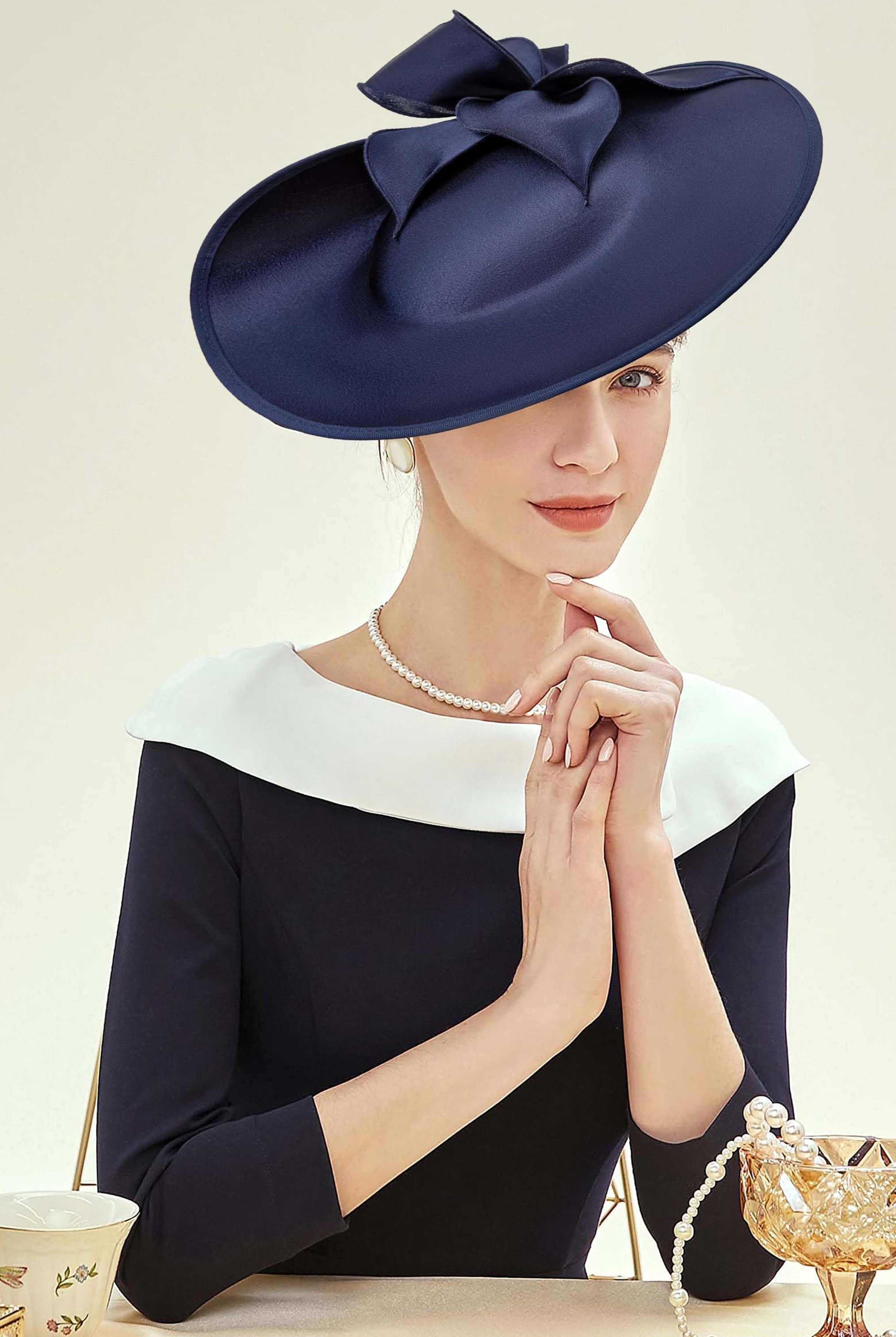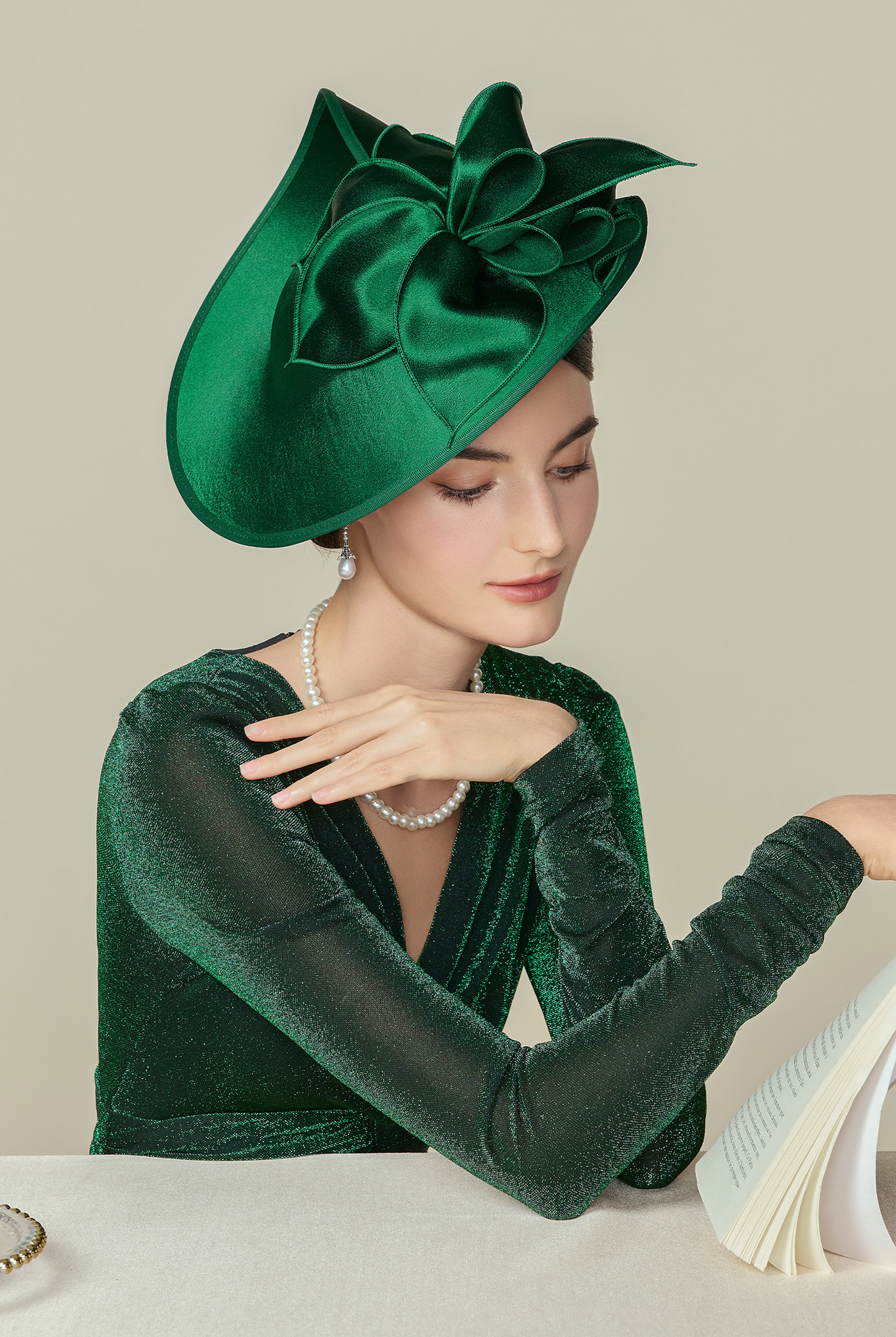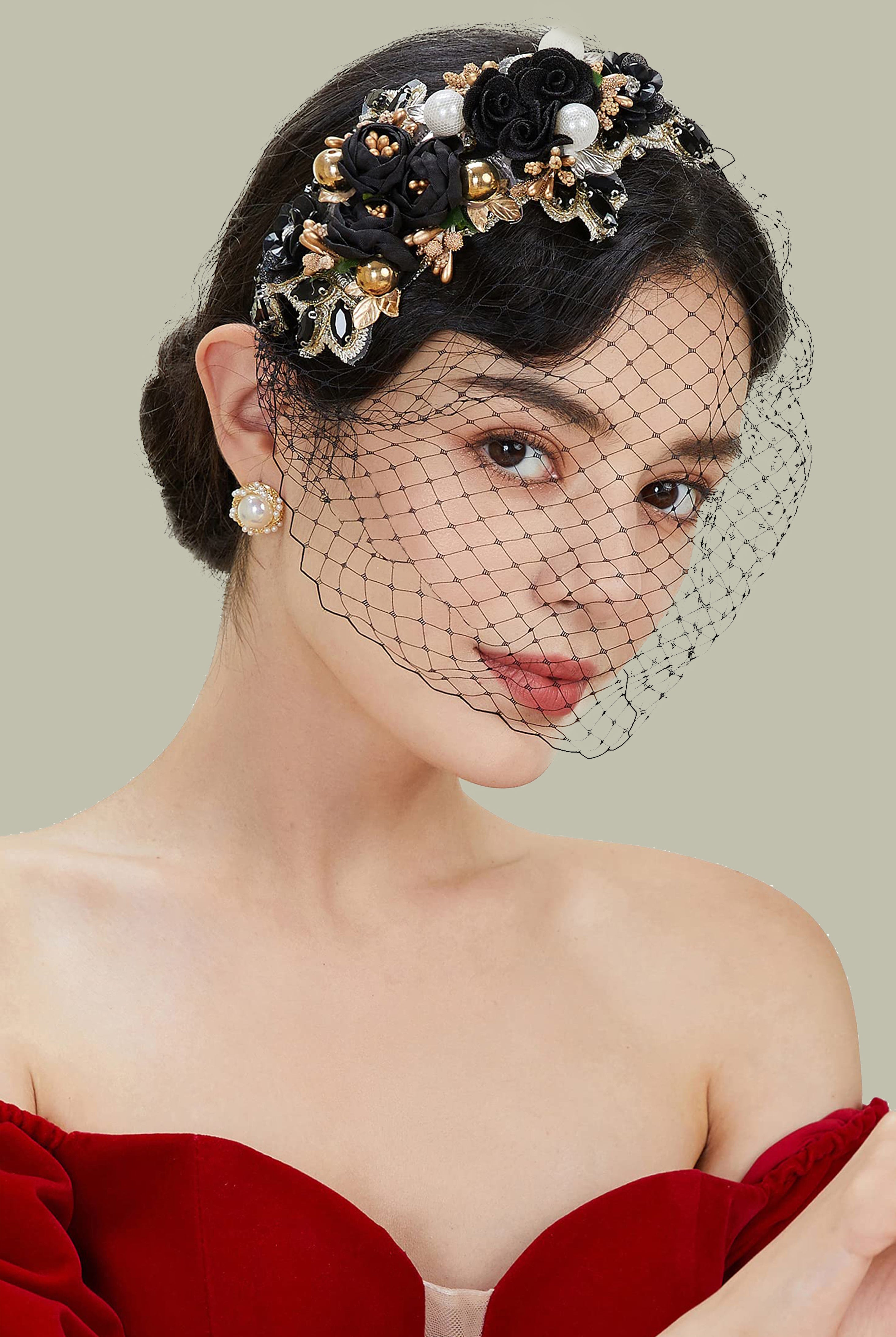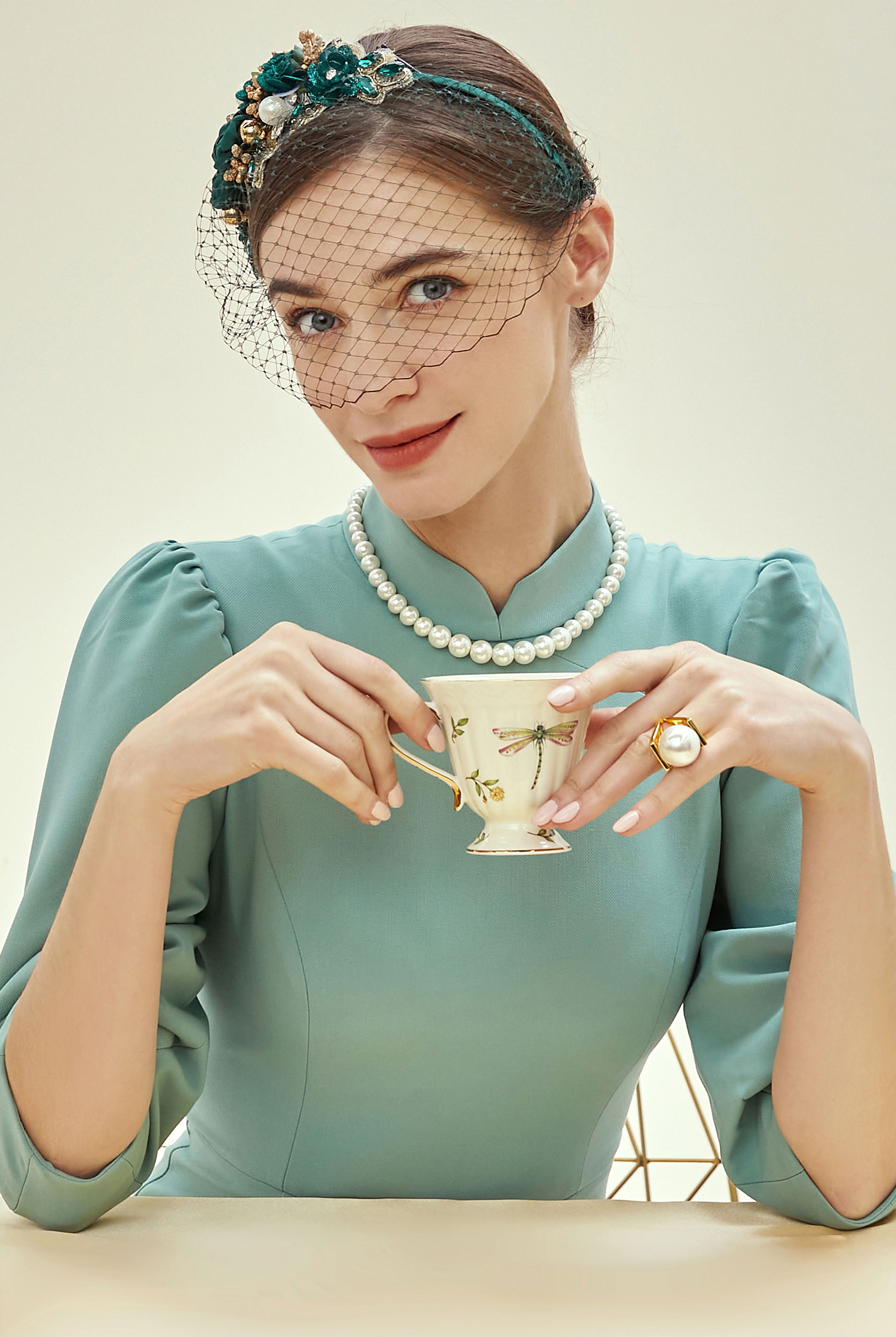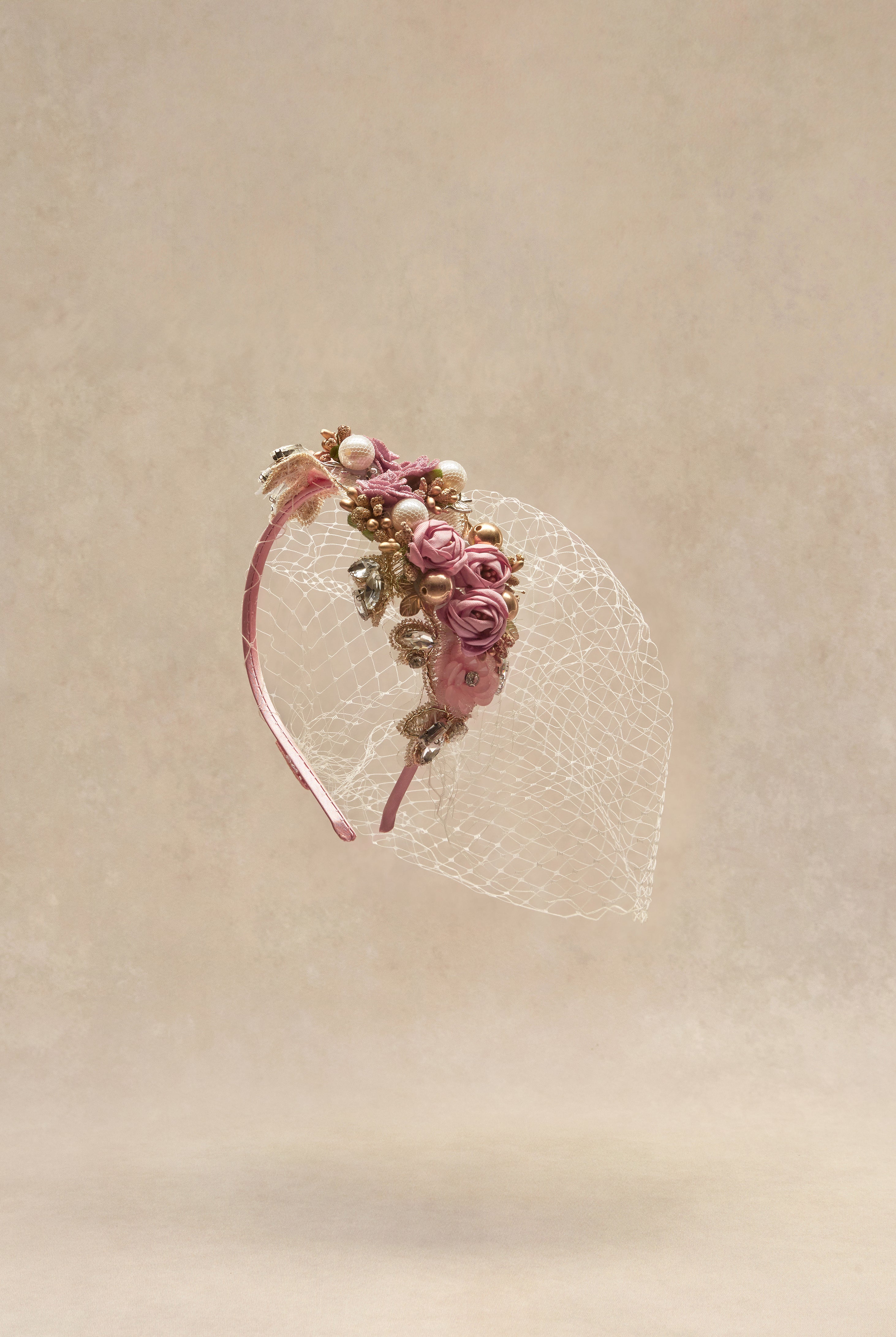
The Legendary Karl Lagerfeld: A Pioneer of Fashion
Fashion is a language that creates itself in clothes to interpret reality. ― Karl Lagerfeld
May 2, 2023 | By Emily Aniston
Image: © Photographed by Annie Leibovitz, Vogue,2018
Karl Lagerfeld is a name that needs no introduction in the fashion industry. Known for his distinctive personal style, innovative designs, and transformative impact on fashion houses like Chanel, Lagerfeld's legacy continues to influence designers and fashion enthusiasts worldwide.

© Inès de la fressange, Chanel Fall/Winter 1987 collection
Early life and career
Born in Hamburg, Germany in 1933, Lagerfeld moved to Paris in the 1950s to pursue his passion for fashion. He started working as a design assistant for Pierre Balmain and later worked for several other fashion houses. In 1983, he became the head designer at Chanel, where he helped revive the struggling brand and transformed it into a global powerhouse.

© Keystone-France, Getty Images
Design style and influence
Lagerfeld's signature look of black sunglasses, white hair, and high-collared shirts has become iconic. His innovative use of materials, such as mixing fur with chiffon, and his eclectic inspirations from art, architecture, and music have made him one of the most influential designers of his time. He is credited with helping to modernize Chanel and make it relevant to a new generation of fashion-conscious consumers.
He introduced bold new designs, like the now-iconic Chanel suit with a shorter skirt and slimmer silhouette. He also experimented with materials like fur, which he mixed with chiffon to create a stunning new look that was both luxurious and edgy. And he wasn't afraid to take risks, like the time he sent models down the runway in sneakers and baseball caps - a move that was controversial at the time, but ultimately helped to make Chanel more accessible to a new generation of consumers.

© John van Hasselt - Corbis, Getty Images
Legacy and impact
Lagerfeld was known for mixing materials in unexpected ways, such as fur with chiffon, or pairing leather with delicate lace. He was also unafraid to experiment with silhouettes, often playing with proportions to create unexpected shapes and lines.
In addition to his bold use of materials and shapes, Lagerfeld was heavily inspired by art, architecture, and music. He was particularly fond of the works of surrealist artists like Salvador Dalí and René Magritte, and often incorporated their images and motifs into his designs. He was also inspired by the clean lines and geometric shapes of modernist architecture, which he used as a reference point for his work.
Perhaps Lagerfeld's most significant contribution to fashion, however, was his ability to modernize and transform traditional fashion houses. When he took over at Chanel in the early 1980s, the brand was seen as old-fashioned and outdated. But Lagerfeld had a vision for the brand that was both daring and innovative. He introduced bold new designs, updated the brand's signature suits and accessories, and even introduced a line of perfumes that became instant classics.

© Chanel Runway Moments, Getty Images
Reimagining Lagerfeld's Iconic Designs with a 1920s Twist
Lagerfeld's influence can still be seen in the work of many contemporary designers. His unique vision and creativity have inspired countless designers to push the boundaries of fashion and explore new ideas. And if you're feeling adventurous, you can even try your hand at recreating some of Lagerfeld's iconic designs with a 1920s twist! Imagine a sleek black Chanel-inspired dress with a flapper-style hemline, or a modern take on his famous tuxedo with a vintage-inspired bow tie. By combining Lagerfeld's avant-garde approach to fashion with the glamour and sophistication of the 1920s, you can create a look that is both timeless and daring. It's a fun way to pay tribute to one of the most influential designers of our time.

© Spring/Summer 2003 high fashion collection
























